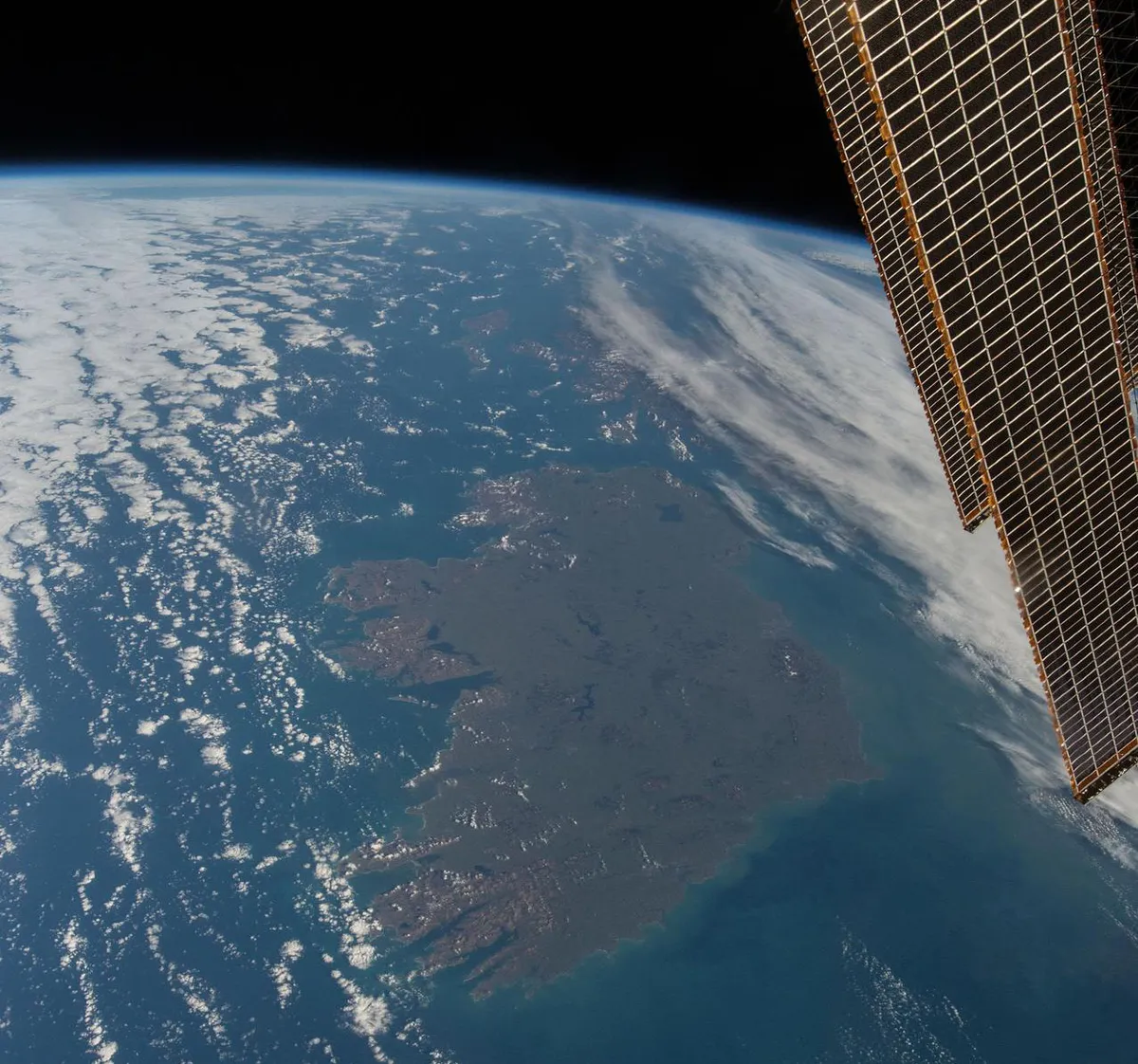The River Thames is one of the most famous rivers in the world, and photos of it from space beautifully illustrate its iconic meander through the UK's capital city.
The Thames isn't just a London river, however: it stretches 346km long, flowing from its source at Thames Head in the Cotswolds, Gloucestershire, all the way to the Thames Estuary at Southend-on-Sea.
There it meets the North Sea, marking the culmination of the longest river in England and second longest in the UK (according to the Thames River Trust).
More photos from space


There are some fantastic images of showing a good portion of the River Thames flowing through Greater London captured from space, like the view below captured by the European Space Agency's Copernicus Sentinel mission in February 2019.
You can really see how the river widens as it approaches and flows through Greater London, then even more as it winds towards the mouth at the Thames Estuary.

Another spectacular view of the Thames through Greater London is the false-colour image below, captured back in 1979.
The Royal Aircraft Establishment in Farnborough, UK used Landsat satellite data to produce this image.

An even wider view of the River Thames from space comes courtesy of the image below, produced using Landsat data captured on 19 June 2000.
In this image, it's difficult to make out the body of the Thames until we get to the section that flows through Greater London.
The comparative size of the estuary on the right-hand side of the image puts across just how spectacular the river mouth is.

Let's take a look at a more close-up image of the River Thames captured by a satellite.
Can you guess what the oval-shaped object in the centre of the image is?

It's the famous London Eye attraction on the banks of the Thames. The ferris-wheel structure can clearly be seen by the shadow cast onto the river at the 10 o'clock mark.
Astronaut images of the River Thames
But it's not just satellites that have given us views of the River Thames from space.
Astronauts onboard the International Space Station are constantly capturing views of Earth using digital cameras.
London and the River Thames being instantly recognisable, they're an obvious target for a photograph captured from space.
The image below was captured by ESA astronaut André Kuipers and shows London at night.

Images like these of cities at night reveal the extent of light pollution in built-up areas.
You can see why it might be difficult to get a clear view of the starry night sky from the centre of London.
Note, too, the clearly-defined ring road that surrounds London, visible as a thin, orange circular structure.
A similar view below also shows London and the River Thames at night. This too was captured from the International Space Station.

A word on Eastenders
Any UK readers looking at pictures of the River Thames from space will likely be reminded of the title sequence from the long-running BBC soap opera Eastenders, which follows the lives of the residents of the fictional Albert Square in London's East End.
The title sequence presents us with a close-up view of the River Thames that proceeds to zoom out for the duration of the opening credits, before ending on a wide shot of the river just before the episode begins.
Yet the Eastenders' title sequence doesn't show the River Thames from space: it was originally created using individual aerial shots of the city, stitched together to produce a larger image.
That's according to a great article from Ravensbourne University London, which explains how the stitching-together of individual images was more noticeable at the river sections, and so the Thames was painted over in blue to hide the effect.
What was essentially a practical decision led to the creation of one of the most iconic images in the history of BBC programming.
What are your favourite photos of Earth from space? What objects on Earth do you think satellites and astronauts should attempt to photograph? Let us know by emailing contactus@skyatnightmagazine.com
